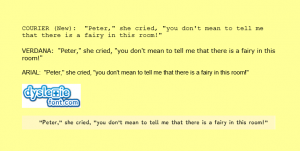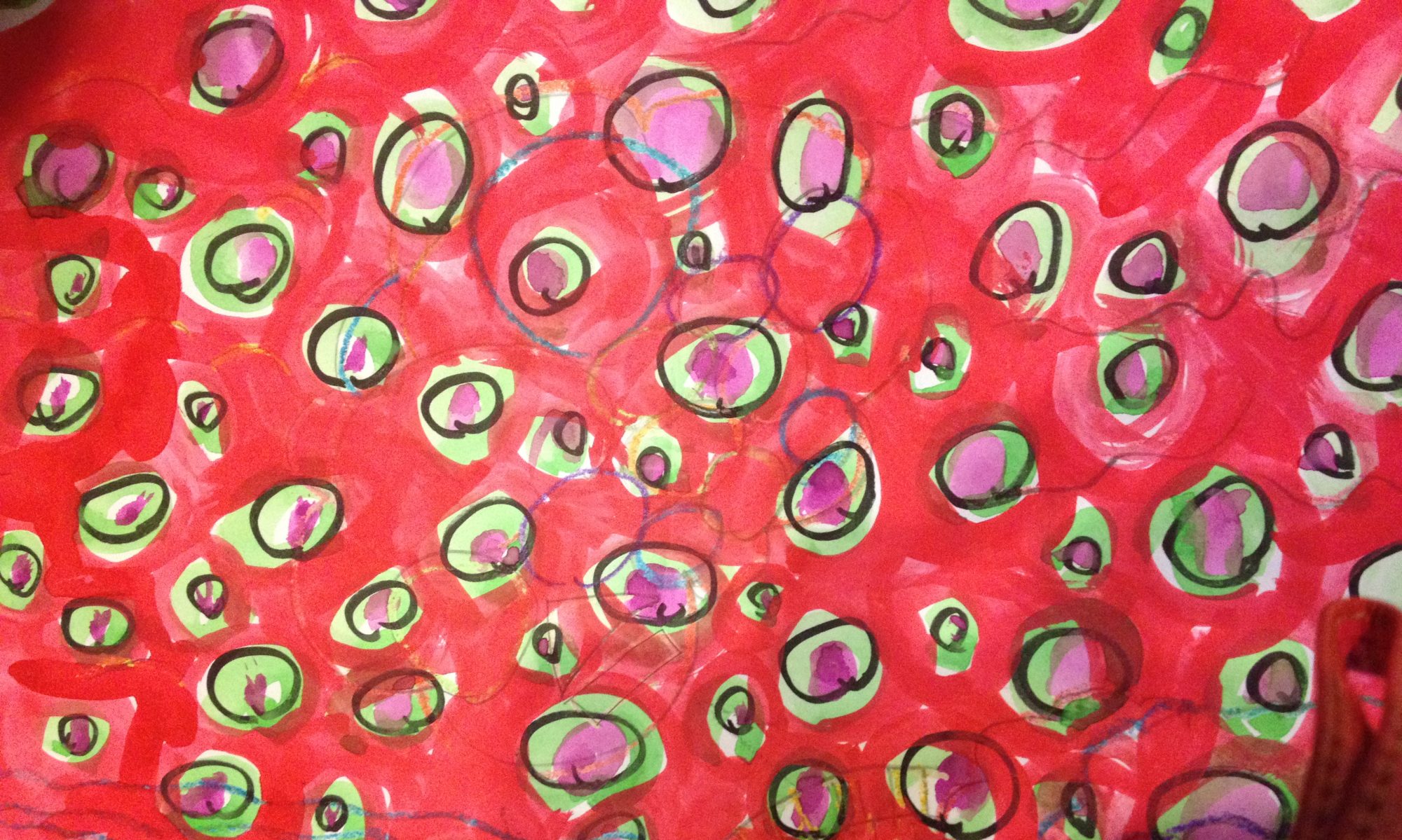Hands-down my dyslexic child will say movie, 99.9% of the time.
It saddens me to say that books give my child anxiety, frustration and tension. They just do. It is who he is. I have been slowly growing into acceptance of that fact.
Within a class of 20-something children after finishing a novel; they also watched the movie. The majority of the children in the class voted for the book as the favorite. My child and one other voted for the movie as the best representation.
Book reports have always been a struggle. Anything with books really has been a struggle. Graphic novels are a must for the vibrant illustrations are necessary to help my child build meaning to the text.
Over time, I will post several titles of juvenile graphic novels for consideration.
Only recently did the light-bulb go on- did I actually see how differently my child processes the written word. We are in middle school now. Had I known years ago; I would have taken a different approach to books, novels, reading, reading minutes, etc..
I would have picked up more books on tape. I would have tried to allow him to ‘listen’ to the first few chapters and then to continue on independently with the rest.
I would have liked to choose books that had movie representations to them.
I would have spent more time learning how to use E-books effectively.
I am excited to have downloaded a graphic novel my son is interested in reading. An option for “Word Wise” just popped up on the screen. This is a built-in program (Kindle) that helps young readers by providing hints for the most difficult words they will encounter. They only need to tap on the word to have it read. How cool is that!
I see the Audible Narration is available for the book I have chosen; for a fee of $3.49. Ok… so I guess I can buy it – I know it will help him understand the book. I am a little dissappointed at the cost- what about ALL the other children with dyslexia? Are their families financially stable enough to pay for a book at $6.99 plus the auditory narration for an additional $3.49? Perhaps the library will have options; here is a link to a related article highlighting the disparity of resources and low-income families.


